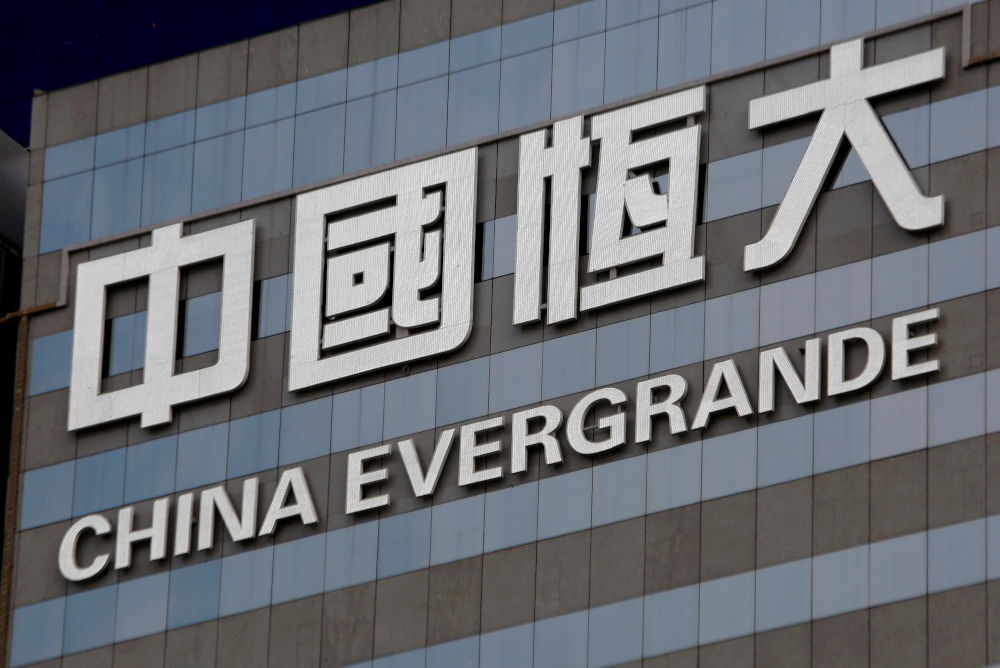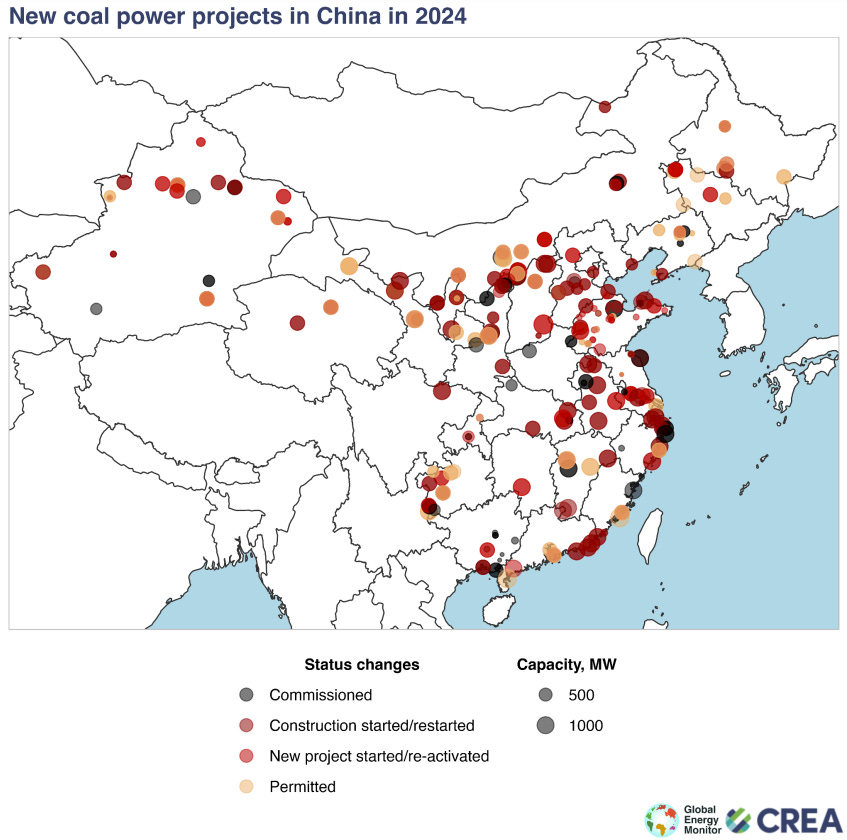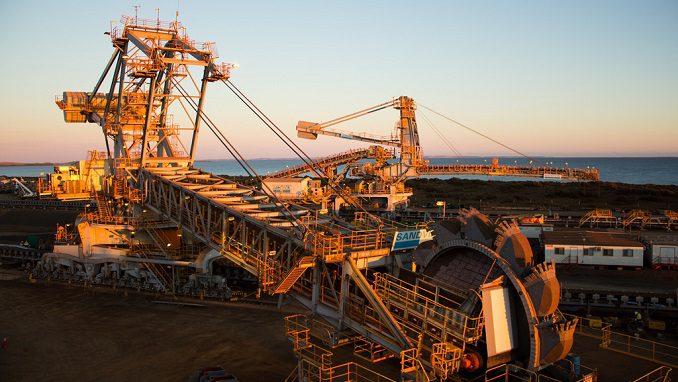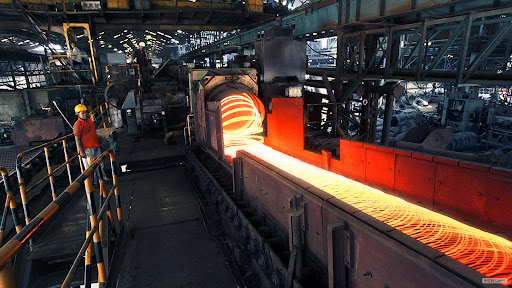
- Supply-demand mismatch boosts overseas sales
- Currency devaluation a boon for exporters
- Sluggish winter restocking may support exports in near term
Morning Brief: China’s steel exports crossed the 90-million-tonne-mark in calendar 2023 (CY’23), as forecasted a few months earlier by BigMint.
Exports had shown an aggressive uptrend last year, ending with a volume of 91.20 million tonnes (mnt), a 35% increase over 67.45 mnt seen in CY’22, reveals data.
Country-wise break-up
SEA retains top importer slot: Southeast Asia (SEA) retained its position as the top importer, with a 35% increase in January-December, 2023 to 27 mnt (20 mnt in CY’22 year).
Vietnam remained the top importer with almost 9.25 mnt (5.46 mnt), a y-o-y growth of 70%. As per reports, the country saw bright spots in CY’23 in the form of controlled inflation and growth. Construction industry investment is the driving force for economic growth. In the first 9 months of 2023, Vietnam imported 5.5 mnt of steel from China with a trade turnover of $3.88 billion, up 38% in volume but down 4.1% in value compared to the same period last year because of lower offers.
MENA in second spot: Middle East and North Africa (MENA), which has been buying quite heavily from China, was in second position with almost 26 mnt, up 44% from 18 mnt seen last year. Turkiye and the UAE were the top two importers. Volumes to Turkiye rose 64% to 4 mnt (2.45 mnt) while those to the UAE surged 87% y-o-y to almost 4 mnt (2 mnt).
The Middle East has seen massive infra projects being announced which would require huge volumes of steel.
The natural choice for imports was China, not that it was the preferred option but because of the absence of India and Ukraine, from where the region sourced considerable amounts of flat products.
Turkiye, after struggling for months, has seen some positives because of restocking demand from the EU although its inflation and currency slide are still major challenges. The EU’s energy prices have stabilised – even if they have not returned to 2021 levels – and a rise in its domestic prices is making the region eye cheaper imports.
Factors that kept China’s steel exports high in CY’23
The Chinese government, a few years earlier, had resolved to concentrate on exports of value-added steel that not only commanded a higher value but would have also shown the world the country’s prowess with cutting-edge technology. However, the reality turned out to be rather different as mills were beset by various challenges:
Slack home demand amid high crude steel production: China’s crude steel production did not decrease in CY’23 – as the administration wanted to keep economic growth bolstered — but ended the year flat. Y-o-y, on a cumulative basis, output remained on the higher side in the face of decreased demand. Total output in the first half (H1) totalled 538 mnt as authorities had encouraged production, expecting a post-pandemic and post-Lunar New Year rebound. But, the demand fell short of expectation, forcing an 11% drop in output in the second half to 480 mnt, compared to H1.
With demand from the largest consumer, the construction sector, which accounts for around 35% of the steel demand, falling, mills had no option but to eye offshore markets to offset losses incurred at home. Major developers experienced liquidity crunches and falling sales. Real estate development growth declined further from -8% in January 2023 to -9.6% in December 2023. Even though other sectors showed some rebound, demand overall, in any case, has been sluggish post-Covid.
Lower domestic prices squeeze margins: With demand down, prices too could not make any headway last year. Benchmark domestic HRC prices in Tangshan averaged a lower RMB 4,129/t ($582/t) in CY’23 against RMB 4,616/t ($650/t) in CY’22. Similarly, rebar averaged RMB 3,856/t ($543/t) last year against RMB 4,367/t ($615/t) in CY’22. The lower domestic prices squeezed mills’ margins, forcing mills to look at exports as a rescue avenue.
Yuan depreciation a boon for exporters: The depreciated yuan also helped mills and exporters. From a high of 6.75 to the dollar, the yuan lost almost 9% to touch a nadir of 7.34 last year. A depreciated currency meant more exchange earnings for exporters. So, even if mills exported at lower price points, they made money as they played in volumes. China’s aggressively lower offers lured many global end-user countries. Benchmark HRC offers declined by over 15% to an average $595/t FOB in CY’23 against $703/t FOB in CY’22.
Outlook
Global macro indicators could improve in the current calendar. Interest rate cuts are expected from key central banks, which can stimulate global steel demand and support China’s exports of the same.
If China’s crude steel production continues to remain high this year amid slack demand, exports will get a further boost as mills would want to stem losses. But, production is expected to dip marginally and demand rise slightly.
Meanwhile, traders have already gone slow on winter re-stocking for post-Lunar holiday demand. Thus, the exports scenario may not change too sharply in the short term.








